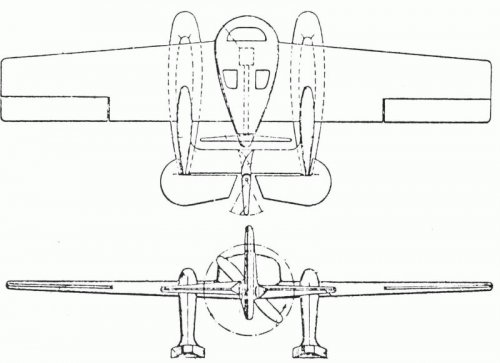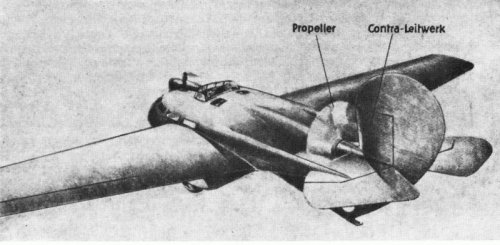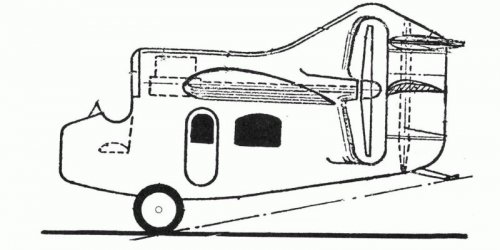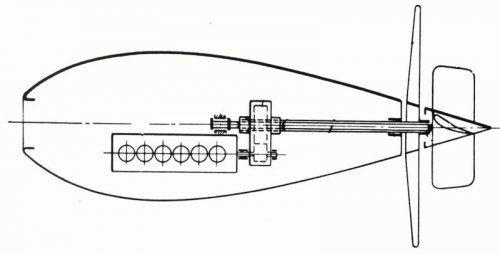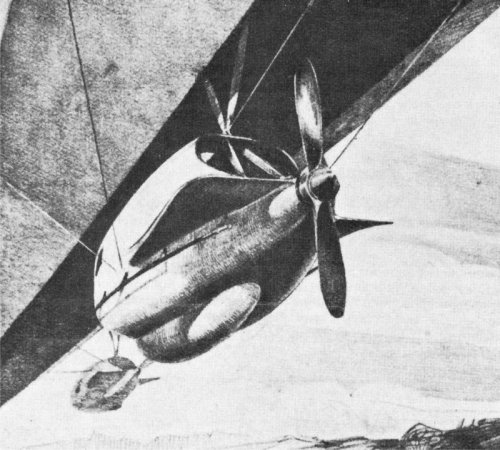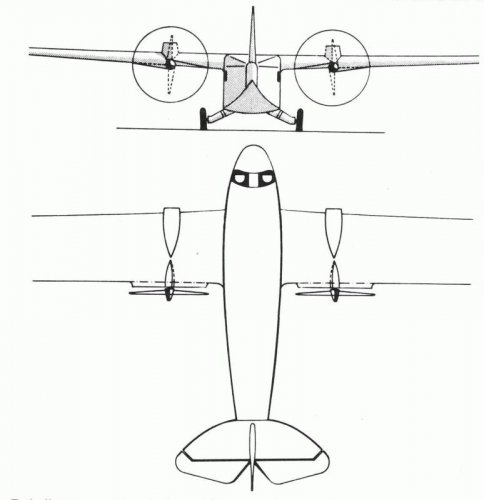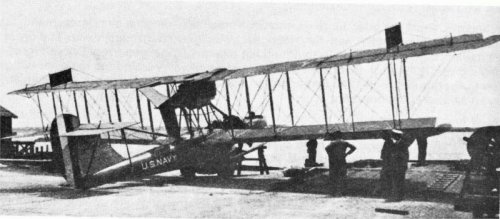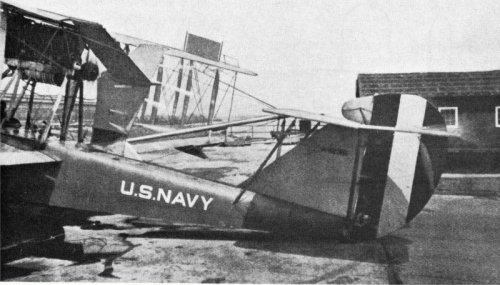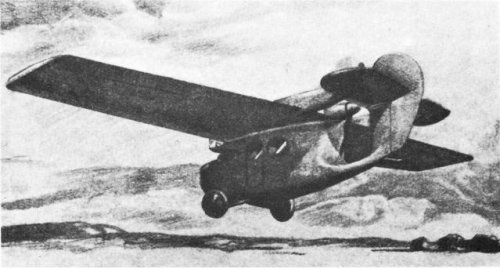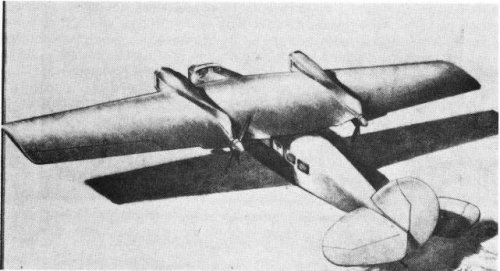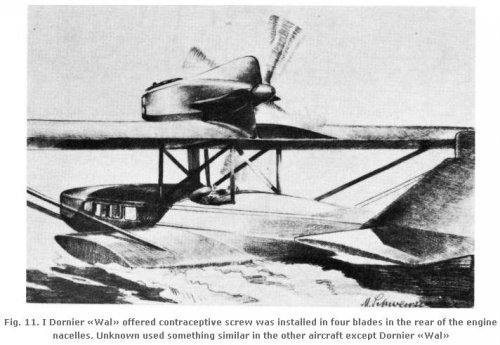- Joined
- 11 March 2006
- Messages
- 8,629
- Reaction score
- 3,836
As mentioned in the thread about the steam engine powered bomber, Dr. Rudolf Wagner transferred his ideas
about reducing the losses due to spin of the slipstream of a ships propeller to aircraft and filed a patent in
the year 1915. the basic idea is, to reduce the spin by using a "Gegenpropeller" (Contra Propeller), principally
a set of guide vanes in front or aft of the prop (see Wagner_Gegenprop_schematic.jpg ).
Actually tested on ships and boats, such arrangements showed mixed results. Nevertheless, Dr. Wagner made
several proposals for the use in aircraft (see Wagner_Gegenprop_01.jpg )and even designed a kind of helicopter,
called "Schraubenflugzeug" (screw plane), that should use this principle to overcome the torque from the rotor.
Intended as crane helicopter or flying sanatorium, the contra prop here was integrated in the complete structure
(see Wagner_Gegenprop_02 to _04.jpg ).
During the '20s several different solutions were developed, either fixed or articulated in front of the prop ( see Wagner_Gegenprop_12 and 13.jpg ), or fuselage mounted behind the prop, with the benefit of producing additional
lift (see Wagner_Gegenprop_07.jpg ).
about reducing the losses due to spin of the slipstream of a ships propeller to aircraft and filed a patent in
the year 1915. the basic idea is, to reduce the spin by using a "Gegenpropeller" (Contra Propeller), principally
a set of guide vanes in front or aft of the prop (see Wagner_Gegenprop_schematic.jpg ).
Actually tested on ships and boats, such arrangements showed mixed results. Nevertheless, Dr. Wagner made
several proposals for the use in aircraft (see Wagner_Gegenprop_01.jpg )and even designed a kind of helicopter,
called "Schraubenflugzeug" (screw plane), that should use this principle to overcome the torque from the rotor.
Intended as crane helicopter or flying sanatorium, the contra prop here was integrated in the complete structure
(see Wagner_Gegenprop_02 to _04.jpg ).
During the '20s several different solutions were developed, either fixed or articulated in front of the prop ( see Wagner_Gegenprop_12 and 13.jpg ), or fuselage mounted behind the prop, with the benefit of producing additional
lift (see Wagner_Gegenprop_07.jpg ).
Attachments
-
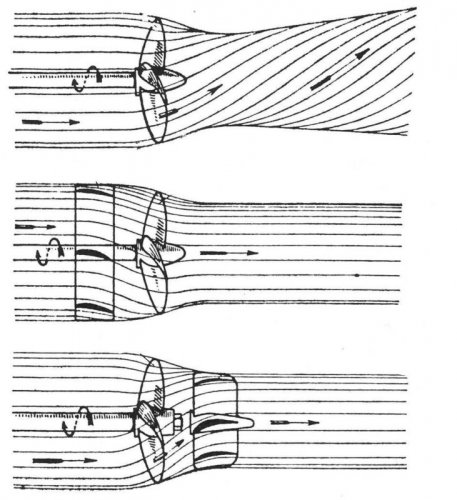 Wagner_Gegenprop_schematic.jpg96 KB · Views: 181
Wagner_Gegenprop_schematic.jpg96 KB · Views: 181 -
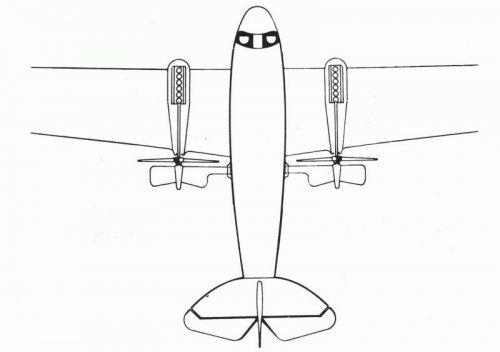 Wagner_Gegenprop_07.jpg23.4 KB · Views: 21
Wagner_Gegenprop_07.jpg23.4 KB · Views: 21 -
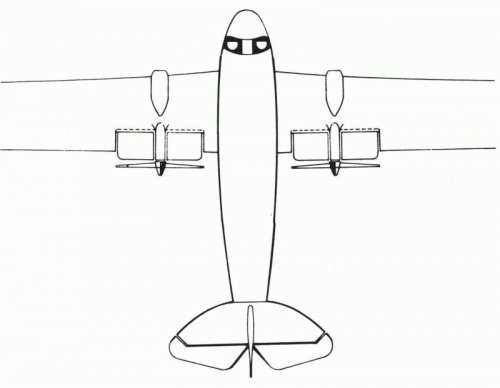 Wagner_Gegenprop_13.jpg22.3 KB · Views: 21
Wagner_Gegenprop_13.jpg22.3 KB · Views: 21 -
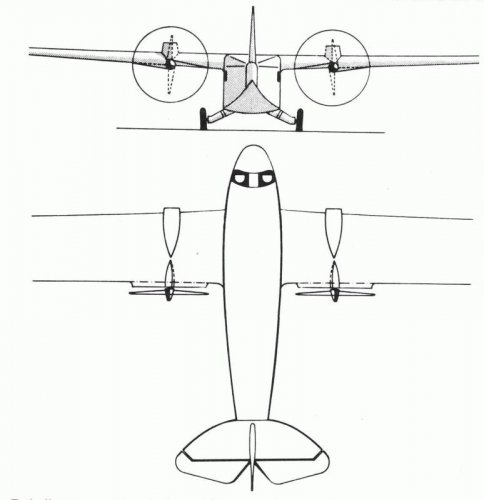 Wagner_Gegenprop_12.jpg36.1 KB · Views: 27
Wagner_Gegenprop_12.jpg36.1 KB · Views: 27 -
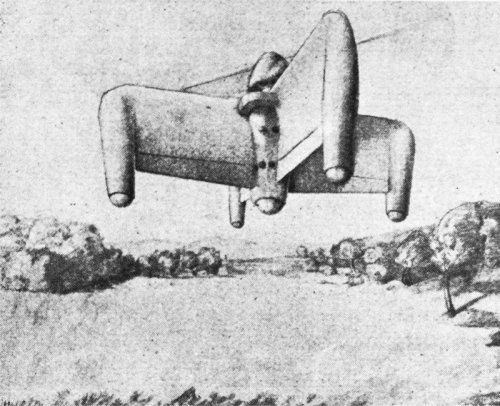 Wagner_Gegenprop_04.jpg128 KB · Views: 173
Wagner_Gegenprop_04.jpg128 KB · Views: 173 -
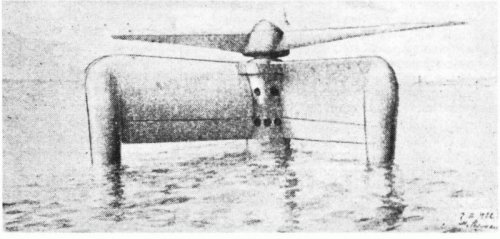 Wagner_Gegenprop_03.jpg65.8 KB · Views: 169
Wagner_Gegenprop_03.jpg65.8 KB · Views: 169 -
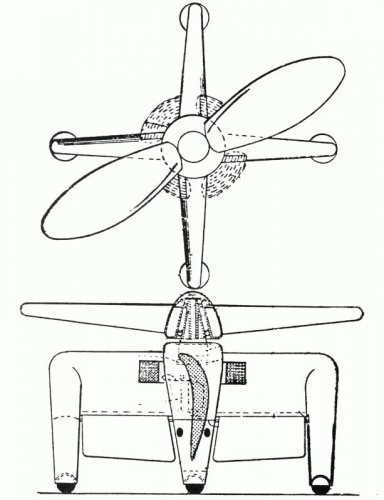 Wagner_Gegenprop_02.jpg49.7 KB · Views: 168
Wagner_Gegenprop_02.jpg49.7 KB · Views: 168 -
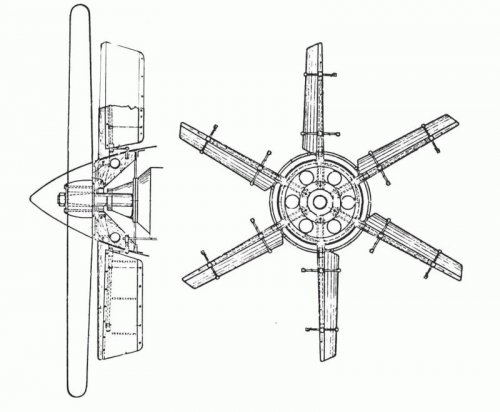 Wagner_Gegenprop_01.jpg53.6 KB · Views: 169
Wagner_Gegenprop_01.jpg53.6 KB · Views: 169

